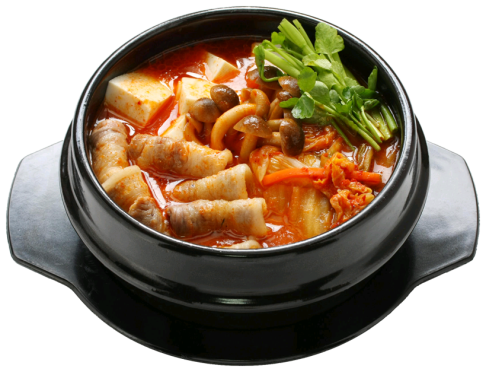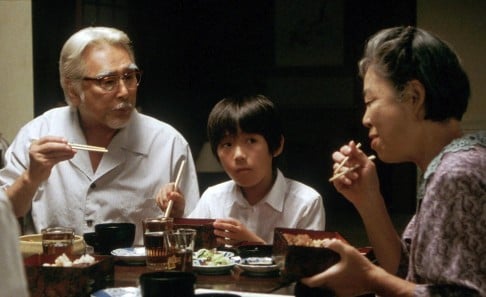
Films that make you hungry
A good film evokes emotions. Some, such as Babette's Feast or The God of Cookery, can make you hungry. Here are six that will have you craving a specific dish
The first time I watched Japanese "ramen western", , I had only one thought at the end of the film: "I must eat a bowl of ramen NOW!" And I still have the same reaction every time I watch it.
The movie follows the trials and tribulations of Tampopo — the chef and proprietor of an unsuccessful ramen shop — in her quest to make the perfect bowl of noodles. Riding into town to the rescue — in a truck, not on a horse — is the lanky, laconic, swaggering driver, Goro, who wears a cowboy hat and has a pair of horns on the front of his truck. They get help from characters, including local thug and Tampopo's wannabe boyfriend, Piskin; a vagrant with a connoisseur's palate who leads a band of itinerant but merry men with similar tastes for fine food; and a wealthy man who they save from death-by-mochi by sticking a vacuum cleaner hose down his throat to suck out the sticky rice cake that's choking him.
Director Juzo Itami shoots the film in such a way that it would be almost impossible not to be hungry for a bowl of ramen. I like Shugetsu, which makes a good bowl of Kurobuta pork belly ramen with tonkotsu (pork bone) broth, as well as delicious tsukemen ramen (a concentrated broth is served as a dipping broth for the noodles), and — my favourite — abura ramen, for which raw egg yolk and scallop oil are mixed into the soupless noodles.

The delightful comedy-drama about a failed comic turned producer of an adventure guide for lovers of udon was shot on location in Kagawa prefecture, home to hundreds of noodle shops specialising in the area's famed sanuki udon. A lifelong udon fan, Motohiro and his crew visited nearly 200 udon shops and featured a fair few of them in his film.
Those looking for "the soul food of Japan" should be able to satisfy their cravings at one of Marugame Seimen's Hong Kong branches.


A character-driven drama with a local feel, tells its story almost entirely from the perspective of a young, inexperienced police detective (played by Leo Ku Kui-kei) who befriends a prostitute (played by Charlie Yeung Choi-nei) with the clichéd heart of gold, and an uncommon love of colourful concoctions consisting of various fruits.
After watching her happily dig into her mixed fruit selection, I had a strong urge to do the same — something that I've subsequently repeated at various branches of mango dessert specialist Hui Lau Shan.


Considered a classic of 1990s South Korean cinema, it was one of the first Korean films I saw — and I can pinpoint the scene in which a man and a woman share a large bowl of red, piping hot as making me want to try the Korean dish which, I subsequently learnt, comes in varieties including tofu (), pollock roe () and even spam or hot dogs (— literally "army stew").

An affecting drama about a family whose remaining members have been scarred by the premature loss of a loved one (the eldest son and heir, to be precise), Hirokazu Koreeda's beautifully crafted most certainly has its sad sections, but is also full of the sense that life, and people, have to keep going even after tragedy strikes.
In view of this, maybe it's not so weird that I came away from a screening of the 2008 film with a massive craving for Japanese food. In particular, I wanted so much to eat the corn tempura that Kiki Kirin's maternal character made for three generations of her family — that whenever I eat at Yardbird I never can resist ordering that particular dish.


But due to the societal taboos about death, Kobayashi struggles with this new job. His wise, dignified boss, Sasaki, knowing that Kobayashi has come to him with the intention of quitting, prepares a meal. One of the dishes is grilled , or pufferfish sperm. The way they eat it — using their hands, blowing on it to cool it down, then slurping it up — which sounds disgusting, but isn't — made me really want to try it (I've eaten shirako before, but not that of pufferfish). So I called chef Satoru Mukogawa of one of my favourite restaurants, Sushi Kuu. It took him a few days to source it, but he called me. Over the years, he's prepared it for me in several ways: tempura (which is too rich), grilled (delicious) and chawan mushi (even better).


